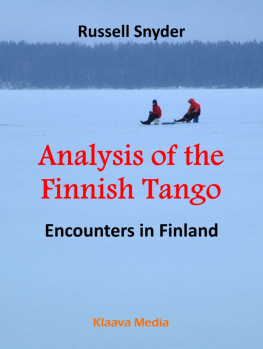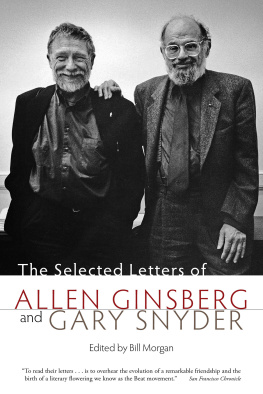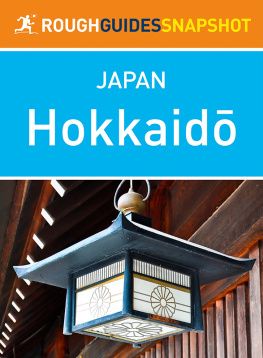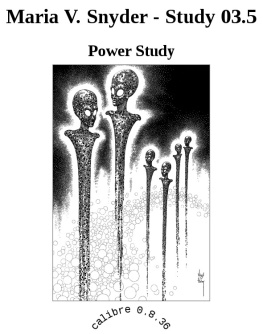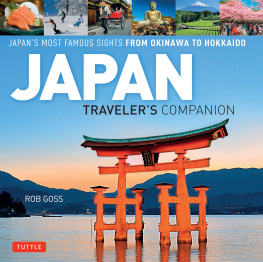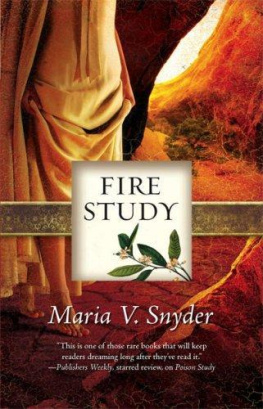
Books by Gary Snyder
POETRY
Riprap and Cold Mountain Poems
Myths and Texts
The Back Country
Regarding Wave
Turtle Island
Axe Handles
Left Out in the Rain
No Nature
Mountains and Rivers Without End
This Present Moment
PROSE
Earth House Hold
He Who Hunted Birds in His Fathers Village
Passage Through India
The Real Work
The Practice of the Wild
A Place in Space
The Gary Snyder Reader
Back on the Fire
The High Sierra of California (with Tom Killion)
Tamalpais Walking (with Tom Killion)
The Selected Letters of Allen Ginsberg and Gary Snyder
Distant Neighbors: The Selected Letters of Wendell Berry and Gary Snyder

Copyright 2016 by Gary Snyder
All rights reserved under International and Pan-American Copyright Conventions. No part of this book may be used or reproduced in any manner whatsoever without written permission from the publisher, except in the case of brief quotations embodied in critical articles and reviews.
Library of Congress Cataloging-in-Publication Data is available
Cover design by Kelly Winton
Cover art by Yoshiaki Shimizu
Interior design by David Bullen
COUNTERPOINT
2560 Ninth Street, Suite 318
Berkeley, CA 94710
www.counterpointpress.com
Distributed by Publishers Group West
10 9 8 7 6 5 4 3 2 1
e-book ISBN 978-1-61902-663-6
to Burton Watson
Table of Contents
Guide
Contents
The Great Clod burdens me with form, labors me with life, eases me in old age, and rests me in death. So if I think well of my life, for the same reason I must think well of my death.
Chuang-tzu
In 1969 I had just recently returned to the west coast from a long residence in Japan. Fully ready to move out to the forests and mountains of the west, I was a bit surprisedover lunch one daywhen David Brower of the newly minted Earth Island Institute proposed that I go back to Japan, specifically the northern island of Hokkaido. He wanted me to write a piece on the environmental issues of the island and its remaining indigenous peoples, known as Ainu. He proposed that I travel together with a photographer, saying that the finished article would then be used to enlarge peoples understanding of the island and possibly help the world resist the development of a Winter Olympics plan that had come up for the Sapporo area. What he really wanted was ammunition against the proposed Olympics.
Though Id been in Japan over ten years Id never gotten to Hokkaido. I had climbed and hiked through the high mountains of Honshu, been out on the north coast and on southern island live volcanoes but not to the woodsy north. Id studied up on the indigenous peoples, the Ainu, and knew something of the Hokkaido Brown Bear, an Ursus Arctos cousin of the North American Griz. So I was drawn to learn more, though I never had paid much attention to the Olympic Games.
In 1971, having just finished building a little house in the northern Sierraand moved in, books, tools, and familythus somewhat able to take off for a couple of months, I decided to do it. He introduced me to photographer Franz Berko. We made our plans. Brower promised to cover the air fare and travel expenses, and eventually pay a little share to Berko and me. Once back in the Sierra I went to work putting up an extra winters firewood and other useful chores. I pored over maps and located a copy of Kindaichis volume on Ainu oral literature and tracked down Brown Bear storiesmy own particular fascination. Our time in Hokkaido was scheduled for the coming summer of 1972.
In June of 1972 I went to the UN Conference on the Environment in Stockholm (courtesy of Stewart Brand and the Whole Earth Catalog), and then directly on to Tokyo in July where I rendezvoused with Berko. We got ourselves up to Sapporo by train, rented a Mitsubishi 4WD SUV, and headed into the interior.
This book is not the story of time in Hokkaido, though; that comes later. Travel and hike we didBerko took a quantity of photosand in mid-August we returned to North America. Months went by and then years, but I was never able to herd my information and ideas into a coherent account and the hoped-for article was never written. I was a disappointment to Brower and Berko both. I was new to the practice of prose-writing, and imagined myself able to accomplish large things.
Also I came to think that to write something about Hokkaido I would have to get a better grasp on Japanese environmental history, and for that Id have to understand what had happened over 2,500 years of China. But there wasnt much, then, on Chinese environmental history. I searched libraries in Northern California and ordered up learned articles by mail as best I could.
Later my wife Masa and I were part of a group of American writers that was invited to the Chinese Mainland to meet writers and students in 1984. Around the same time I made several more trips to Japan and learned my way around farming, fishing, and carpentry with counterculture Japanese friends. Mark Elvins groundbreaking book The Retreat of the Elephants came out, and Vaclav Smils work on contemporary Chinese environmental problems. I began to think that all my research and writing was too late and too eccentric to be of use.
I had my own sort of skewed nature-loving fanaticism as a boy, and I dont know where it came from. The big stumps of the original douglas fir and western hemlock forest of the Puget Sound region surrounded my childhood dairy farm. The forest I grew up with was huge stumps, small new firs and cedars, dense shrubby trees like cascara and vine maple, a few wild hazels, and a forest floor of salmonberries, oregon grape, salal, and native wild blackberries. I regularly climbed up and high onto a large old western red cedar that was not far from the back fence-line of our cow pasture. How did I become such an animist someone once asked me and I said I think I was radicalized by the ghosts of the original trees still hanging out by their stumps and telling me what had gone on. At any rate I was dubious about the direction the American dream seemed to be heading, building further new houses everywhere, and so I was open to other views, such as the idea that non-human beings were worthy of moral regard. Then I was exposed to East Asian paintings at the Seattle Art Museum and a bit later as a college undergraduate was reading Confucius and Lao-tzu and Chuang-tzu (as well as the Homeric epics and Greek drama and much else). I remember distinctly the time it came to me that perhaps China and Japan were fully developed high humanistic civilizations that had made peace with nature! I didnt let go of that idea for years.
Over a dinner once our friend Will Hearst asked me what had gotten me interested in China while still a youth. I surprised myself by saying right out I got interested at an early age in East Asia. But for the wrong reasons. The conversation kept moving so swiftly that no one came back to asking what the wrong reasons were, but I didnt forget that I had said that. It reflected the surprise I felt during my first several years living in Japan when I came to see that the landscape was thoroughly used and worn, and that the signs of human obliviousness to the wild were everywhere. Plantation-style small conifer forests alternating with recent clearcuts in the hills, farmyards without an inch of land let be, cement blocks and rocks thrown into every stream-bank. I began the process of measuring the condition of the land itself against the written literature and transmitted accounts.







